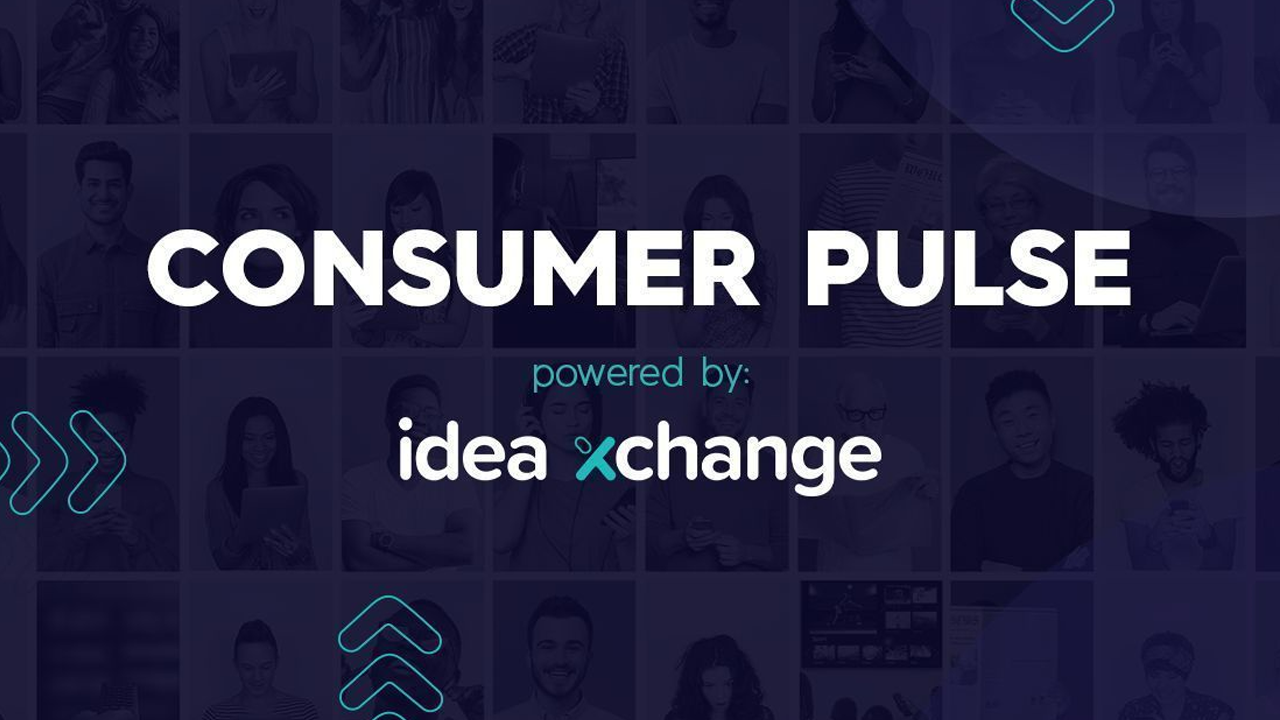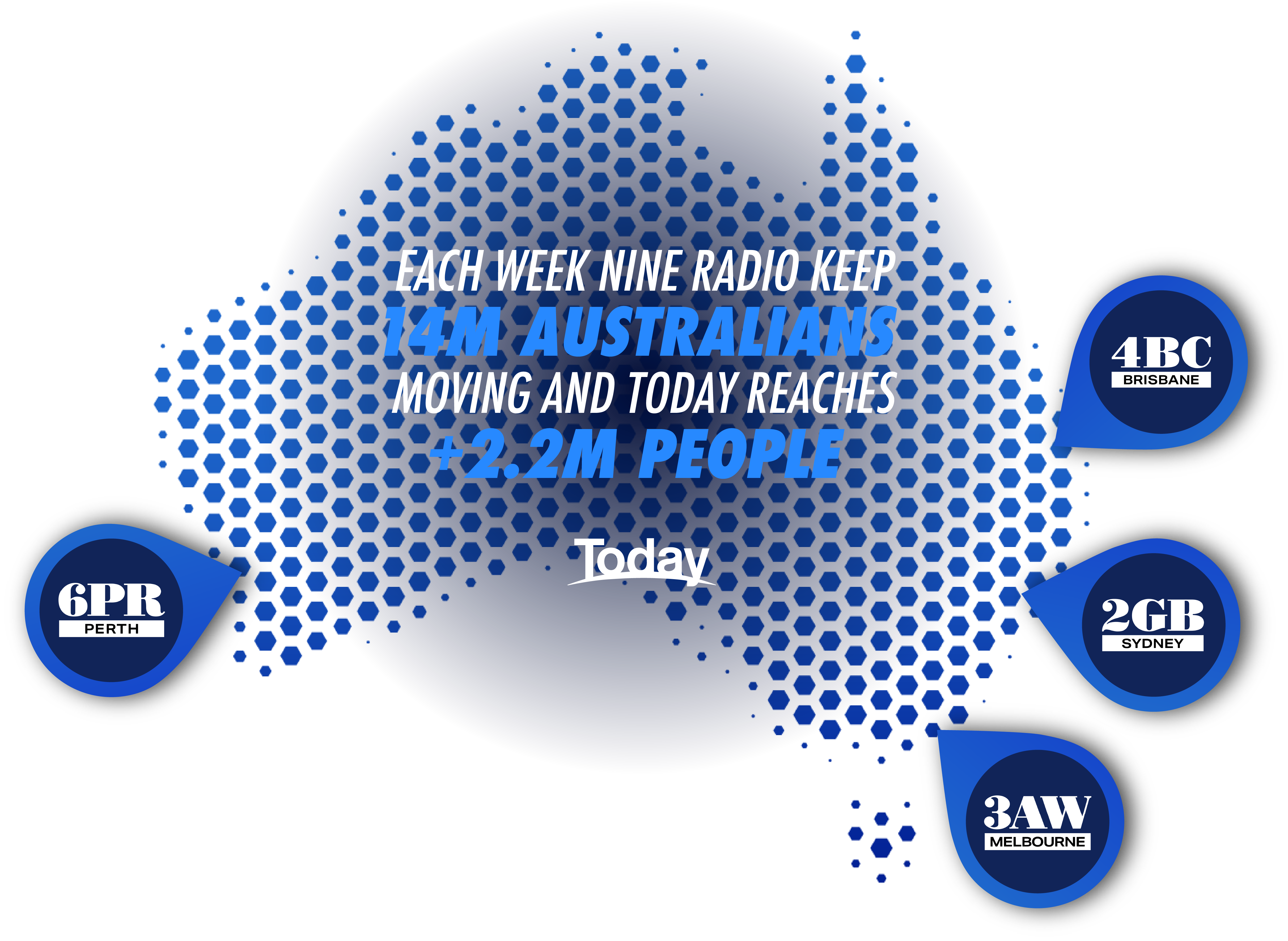
Thought Leadership
Cost of living crunch tops climate change, healthcare as top concern for Aussies – but here’s why pure price promotion won’t save you
Six in 10 Australians are kept awake at night by the rising cost of living, new Powered by Nine research has found, yet consumer spending remains strong. How should marketers navigate these uncertain waters? As Powered by Nine’s Toby Boon writes, reaching the consideration set while competitors race to the bottom on price can deliver market-share gold.
Cost of living is the number one social concern for 60 per cent of Australians, ahead of climate change and healthcare, according to Powered by Nine’s latest Cultural Conversation research, 'The Revolution will be Advertised'.
The study is the latest to flag growing concerns over rising prices. In recent months the likes of Beyond Blue, Australian National University, JWS Research and consumer group CHOICE have all released survey results highlighting the pressures on everyday spending as the issue keeping Aussie consumers up at night.
That’s backed up by both the most recent ANZ-Roy Morgan Consumer Confidence Index and the Westpac-Melbourne Institute Index of Consumer Sentiment dropping back from a September bounce.
Marketers might therefore be forgiven a degree of confusion, as consumer spending remains relatively strong against this less than rosy backdrop.

Toby Boon
Director of Strategy & Insights
Powered by Nine
But while the headlines may be sending mixed messages, marketers need only look a little deeper to find some degree of clarity. Consumer Pulse, Nine’s monthly survey canvassing the attitudes, purchase intent and mood of more than 2,000 Australians across our television, radio, print and digital audiences, has been tracking trends in consumer sentiment since early 2020.
The most recent Consumer Pulse found that while the majority of respondents (55 per cent) feel that they are in a comfortable financial position, for the key 18-54 demographic the average dips to 46 per cent – with consumers particularly feeling the crunch on groceries, utilities and fuel. Twenty per cent of that same audience are feeling under pressure financially.
It would be tempting, therefore, for marketers to rush towards tactical, price-based messaging. Of course, there are benefits to this approach – driving sales, and letting customers know that your brand has their back in tough times. But that is only part of the story. Beyond the need to manage their budget, consumers appear to be sending a signal that the next three months will be about cutting things back, not cutting them out completely. Meal delivery might be once a week, rather than twice. Trips to the cinema might be substituted for streaming the latest release on Pay-Per-View or SVOD.
Rather than denying themselves completely, Australians will become more selective in how and where they purchase. The survey showed 84 per cent are happy to pay more for quality, with a similar number (83 per cent) feeling more confident when they know that they are getting a superior product or service. There is a baseline “quality of life” that Aussies expect to enjoy, and most don’t anticipate that they will decrease spend on the essentials (e.g. groceries, utilities, telco, insurance).
Even on “nice to have” spending categories, such as holidays, pets and subscription TV, the majority of Nine’s audience have yet to reduce their financial outlay. In fact, more than one in five consider their SVOD subscriptions to be permanent “must haves” and one in four feel the same way about their news subscriptions.
As Australians leverage this selective spending power, key priorities for marketers must be growing market share and owning more space amongst the consideration set.
When competitors are racing to the bottom on price, the winning brands will be the ones achieving both reach and dominating the consideration phase in order to differentiate their products and make them memorable.
The temptation to play it safe in an unpredictable market is understandable, but when this becomes the universal response across an entire category we’re left not with impactful messages but tactical advertising as cultural wallpaper. There is an opportunity for brands that embrace deeper partnerships, bold creativity and integration to lead the pack.
In fact, brands might best succeed by mirroring the behaviour of their customer base – leaning into quality over quantity, and investing with media owners that can deliver big ideas via a full-funnel, cross-platform partnership at scale.

Contact us for more information on how your brand can leverage the power of Nine to deliver real business outcomes.

















